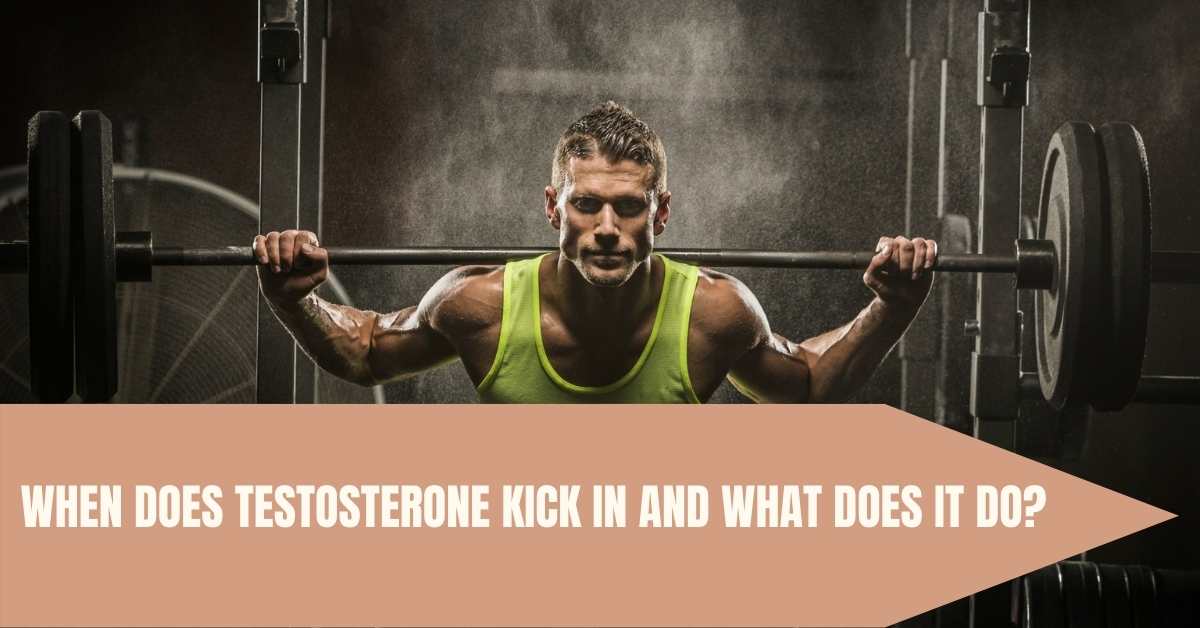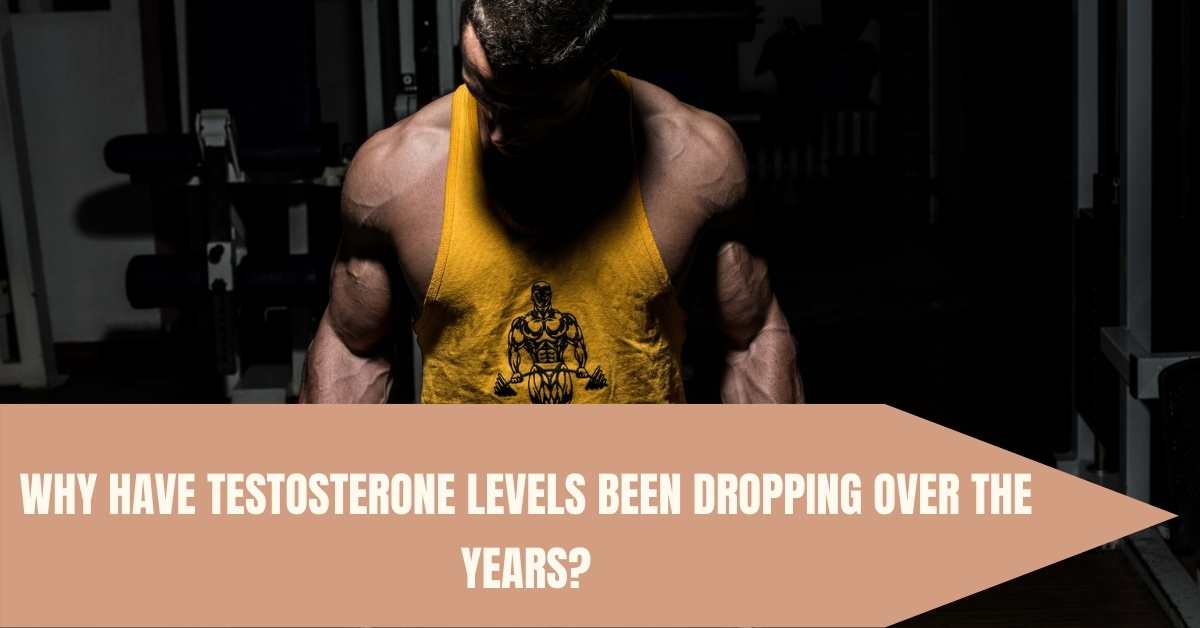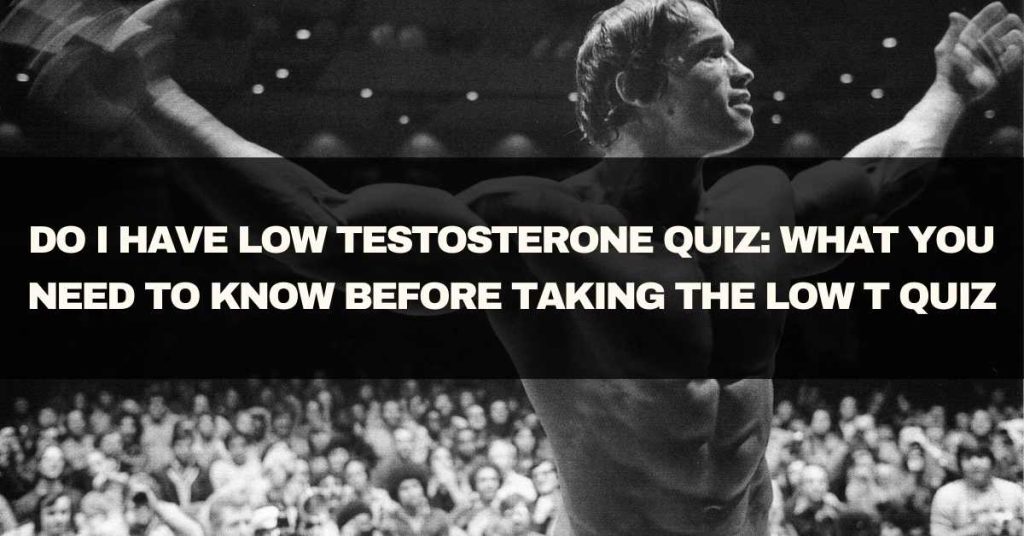A clinical illness based on low testosterone levels has become “epidemic.” There is no topic that is riddled with greater misunderstanding and disinformation than testosterone insufficiency and its therapy. The following 24 questions and answers, drawn from those frequently asked by my patients during office visits, should assist enlighten and inform you, as well as dispel misconceptions and lies.
Before we begin, here are some common abbreviations that I will use throughout this blog post:
- T = Testosterone (the key male sex hormone)
- TD = Testosterone Deficiency
- TRT = Testosterone Replacement Therapy
- E = Estrogen (the key female sex hormone)
Table of Contents
What is Testosterone?
Testosterone is a “anabolic” hormone, a chemical messenger that promotes growth through protein synthesis, which causes muscle and bone mass development as well as strength. Testosterone, like estrogen, is a “androgenic” hormone that causes masculinization. T is derived from cholesterol, with the majority produced in the testes and a little amount produced in the adrenal glands (organs that sit above kidneys). Healthy males manufacture 6-8 mg of testosterone every day, with a peak in the early morning and a lag in the late afternoon. If you find yourself most romantic in the morning, you now have a biological explanation.

When does testosterone kick in and what does it do?
Testosterone levels peak between the ages of 12 and 14 and drive puberty, resulting in the following:
- Penis enlargement
- Development of an interest in sex
- Increased erections
- Pubic, underarm, facial, chest and leg hair
- Decrease in body fat
- Increase in muscle and bone mass, growth, and strength
- Deepened voice and prominence of the Adam’s apple
- Sperm production
- Changes in bone and cartilage, such as growth of the jaw, brow, chin, nose, and ears (also known as the shift from “cute” infant face to “angular” adult face).
Is testosterone important after puberty hits?
T promotes libido, masculinity, sexuality, and youthful vigor and energy throughout adulthood. T also helps with mood, red blood cell count, vitality, and general “mojo.”
What is Testosterone Deficiency and why does it occur?
Testosterone Shortage (TD) is a clinical and biochemical disease characterized by relevant symptoms and indicators in addition to a T or T action deficiency. Symptomatic TD affects 2-6% of men. After the age of 30, the T level drops by about 1% per year. The most common cause is a decrease in T testicular production. It can also be caused by a pituitary problem in which there is insufficient production of luteinizing hormone (LH), the hormone that directs the testes to produce T. Furthermore, it can occur in the presence testosterone enanthate of normal T levels when there is an increase in the hormone that tightly binds T (SHBG), limiting the quantity of T accessible for activity. It is critical to identify TD based on testicular vs. pituitary dysfunction since treatment is different.
Is testosterone going to help my erections, which are not quite what they used to be?
Maybe. Although testosterone is necessary for sexual function and the health and vitality of the penis, an erection does not require high or even normal amounts of T. A pre-pubertal boy who has erections all the time but has no interest in sex is an excellent example. T’s more appealing role is in stimulating desire.
Testosterone seems like such a vital hormone for men…is it for me?
Only in the case of a testicular or pituitary disease generating the typical symptoms of TD, together with a blood test demonstrating low T levels, is it worthwhile to pursue a trial of TRT. Continuing TRT is only effective if it is delivering considerable symptom improvement in the face of a normalized T level.
How does testosterone get to the body tissues where it works?
Because T is a hormone – a chemical messenger produced in one location but acting in another – it must be carried to the cells where it operates. T travels through the bloodstream. 60% is inactive due to SHBG (sex hormone binding globulin) binding, 38% is weakly linked to albumin, and 2% is free. The biologically “active” forms of Testosterone are albumin-bound and free T.
How does testosterone work?
Much of T is converted to dihydrotestosterone (DHT), a more potent form that binds to DNA and allows it to travel into the nucleus of cells to supply the blueprint for protein production. Some T achieves this without being converted to DHT, whereas others are transformed to E, the primary female hormone.
What about the female hormone estrogen…is it important for men?
Yes! T accounts for more than 80% of male estrogen (E). When T levels fall, E levels fall as well. E deficiency is linked to osteopenia (bone thinning) in men. As is common with abdominal obesity, E levels become excessively high because abdominal fat is an active endocrine organ that converts T to E, resulting in:
- Low T
- High E
- Breast development
- The appearance of a smaller penis and general emasculation.

Why have testosterone levels been dropping over the years?
Risk factors include an unhealthy lifestyle, the use of alcohol, steroids (for asthma, arthritis, connective tissue disorders, and inflammatory bowel disease), and opiate pain drugs (methadone, tramadol, etc.).
Obesity has played a significant role.
Diabetes and metabolic syndrome have also contributed to the low T epidemic. Physical and psychological stress both influence pituitary hormone synthesis, which can result in low T levels. Sleep apnea can aggravate TD. Low T levels are linked to environmental factors such as phthalates, which are extensively utilized in plastic items, as well as many other environmental exposures.
What are the symptoms that indicate the possibility of testosterone deficiency?
TD can have an impact on five domains: physical, sexual, cognitive, emotion, and sleep.
- Reduced muscular mass and strength, increased body fat and aberrant lipid profiles, frailty, breast growth, hair loss, and central obesity are among physical alterations.
- Sexual changes include decreased desire, poor erection quality, and decreased ejaculation and orgasm.
- Impaired concentration, reduced verbal recall, and changed visual-spatial awareness are all possible cognitive alterations.
- Affect changes can include a diminished sense of overall well-being, decreased energy and motivation, anxiety, despair, and irritability.
- Sleep problems include weariness, sleeping throughout the day, and difficulty falling and staying asleep.
How is testosterone deficiency diagnosed with laboratory testing?
A blood test for total T and free T, as well as the pituitary chemicals LH and prolactin, is used to diagnose TD. SHBG can be beneficial in obese or older males. T levels can vary depending on the lab and can fluctuate on a daily basis, as well as depending on what time of day it is drawn, because T has circadian biorhythms. Illness, nutritional inadequacy, and certain drugs can temporarily reduce T. Fasting T levels are often greater than post-meal T levels. The bottom line is that T should be double-checked at least twice.
What is the first-line approach to treating testosterone deficiency?
Measures to improve one’s lifestyle include:
- Weight reduction
- Exercising regularly
- Management of sleep apnea
- Stopping the use of opioids
What is the goal of TRT?
To restore T levels to the mid-normal range seen in healthy men and reduce TD signs and symptoms without producing substantial side effects or safety concerns.
What are some of the testicular side effects of TRT?
TRT suppresses testicular function because it is an external source of T, resulting in lower sperm count, decreased fertility, and the likelihood of testicular atrophy (shrinkage) with long-term use. Men who want to keep their fertility should avoid TRT in favor of an oral medicine that stimulates the testes to create natural testosterone without reducing sperm count.
What are some of the other side effects of TRT?
Acne, greasy skin, breast development, sleep apnea worsening, hair loss, fluid retention, increased blood count, and aggressiveness
How is TRT administered?
There are numerous formulations available, including buccal (applied to the gums), transdermal (patches and gels), nasal gel, injections, and pellet implants. Each has benefits and drawbacks.
How about testosterone supplements or boosters that can be bought online?
Male “sexual enhancement” items abound on the Internet. They take advantage of male insecurities, which has created a massive market with hordes of men prepared to pay top price for items that make bogus claims and are frequently mislabeled, contaminated, and wrongly sold. Unfortunately, such supplements are not subject to the same severe regulatory scrutiny as prescription pharmaceuticals, which necessitates studies of a product’s safety and effectiveness before it is released to the public. Don’t squander your money!
Bottom Line
Testosterone shortage (or low T) is a real condition, but it’s not as widespread as it’s made out to be. The symptoms can be terrible, and testosterone replacement therapy can be magical when combined with lab testing that confirms the probable clinical diagnosis. After his testosterone level was stabilized, one patient described his “world of black and white turning into a world of color.” TRT’s positive benefits on many people with the condition are significantly more subtle. If your T level is normal, it is highly unlikely that your symptoms are caused by low T, and TRT should be avoided.


